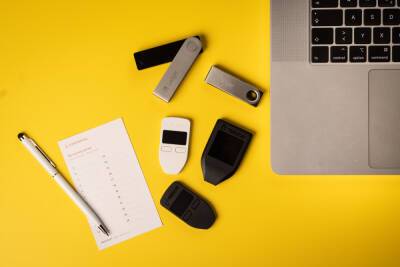The team behind the world's first hardware wallet says it's still thriving after 8 years
Like all things, Trezor, a household name in the crypto community with over 1 million units sold, came from humble beginnings. The idea all started out in 2011 after a Bitcoin (BTC) conference in Prague, Czechia — which, by the way, was just voted the most beautiful city in the world in a Time Out magazine survey. Two crypto enthusiasts, Pavol "Stick" Rusnák and Marek "Slush" Palatinus, envisioned a small, single-purpose computer that would securely store users' Bitcoin private keys.
In 2013, the two founded SatoshiLabs. The following year, the first-ever Trezor wallet — Trezor One — launched. Then came the Trezor Model T, which added a touchscreen to the device. Both are still found on the market worldwide, with their firmware patched each month or so. With the invention of seed recovery and passphrase protection, Trezor set the norm for the industry in terms of hardware wallet security.
During an exclusive interview with Cointelegraph, Kristýna Mazánková, head of PR at SatoshiLabs, and Josef Tětek, Trezor's brand ambassador, discusses how Trezor still remains true to its goal of privacy and security after all these years. When asked about the vulnerability of their customers' data, they said:
They noted that, "When it comes to security, the key feature is it's a standalone physical device. It's not possible to hack it remotely."
Tětek then explained that it's still not the end of the world if hackers manage to find one's recovery seed, as the inclusion of a passphrase makes the recovery seed useless by itself. "If you have your Trezor setup, with a recovery seed written down and protected with both PIN and passcode, there's no way to hack the device at all," says Tětek. However, he warned:
When asked about just how on Earth
Read more on cointelegraph.com

















